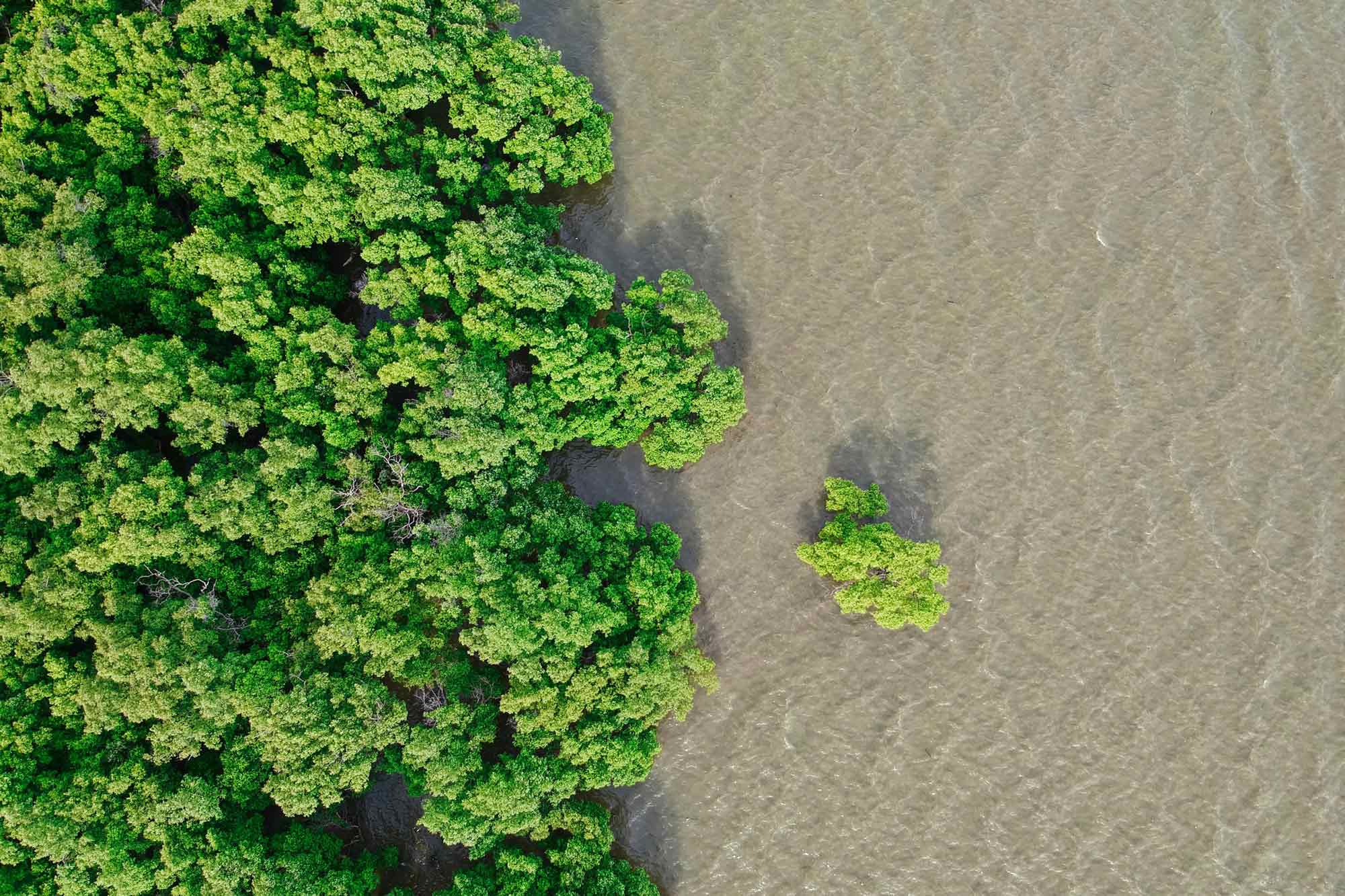On 22 and 23 November 2022, the Restoration Seed Capital Facility team hosted an in-person Land Use Finance Knowledge Exchange Event in Cambridge, U.K. together with the AGRI3 Fund and UNEP-WCMC’s Environmental and Social Knowledge Exchange Network (ESKEN) community.
The two-day, peer-to-peer learning event brought together 75 fund managers, investors and environmental and social (E&S) practitioners to recognize common challenges, share solutions and identify new opportunities to scale up the deployment of private finance for forest restoration and sustainable land use activities.
Under Chatham House Rules, the event convened discussions on biodiversity credits and natural capital markets; the challenges and opportunities of fund establishment and pipeline development; implementing E&S impact monitoring systems; speeding up investment flows including deal origination, investor engagement, fund deployment and impact assessment; emerging regulatory frameworks; and the risks and opportunities of voluntary carbon credit markets.
Closed-door discussions provided participants with space to be open and frank about the challenges they face and share opportunities to collaborate on future solutions.
The value of connection and peer-to-peer learning were key takeaways from the sessions and will continue to be incorporated into future knowledge exchange events.
Key messages on the challenges and opportunities of mobilizing private finance for sustainable land use:
Investment in nature-based solutions must double by 2025 and triple by 2030 for global climate, biodiversity and land degradation targets to remain in reach. Accounting for only 17% of current investment, private sector finance must rapidly scale up to close the nature finance gap, yet sustainable land use investment remains an emerging sector.
In order to reach the scale of investment required to close the nature finance gap, public finance must strengthen its capacity to catalyze and de-risk transactions as the sector develops.
Among the many challenges still being faced by fund managers investing in nature, the following were highlighted by participants:
- The role of concessional finance provider for blended finance vehicles:
- Raising concessional capital for blended finance vehicles: rising interest in nature finance from private investors is reducing the need for public or quasi-public entities such as Development Finance Institutions (DFIs) to act as senior investors in dedicated investment vehicles. However, DFIs still have a crucial role to play in providing capital on terms that will help to crowd in private investment. In particular, DFIs are most valued for providing various forms of de-risking, which remains a crucial element in attracting private investment.
- Another clear ask from the participants was for the various institutions providing concessional capital to better harmonize their processes and requirements, particularly related to E&S issues. These requirements are too often idiosyncratic, complex and mutually contradictory, greatly increasing the burden of compliance for fund managers.
- The length of the process of negotiation, due diligence, and approvals with major financial institutions was also highlighted as increasingly out of step with both the expectations of private investors and the urgency of the climate and ecosystem degradation crises that need to be addressed.
- Challenges in the development of investment opportunities with local partners
- Another challenge highlighted by participants was the lack of capacity of stakeholders on the ground, particularly with respect to the E&S requirements of impact investors. This lack of capacity leads to increased time and resources that the fund managers need to dedicate to developing potential investment opportunities and carrying out due diligence.
- While the increasing interest of investors leads to more capital flowing to nature-positive projects, a concern was raised that the drive towards larger ticket sizes of investments would leave the more impactful smallholder farmer or community-led projects behind.
- Pre-eminence of carbon credit revenue-based strategies
- Much of the current interest in this area of investment is being driven by the demand for voluntary carbon credits. Strategies based on voluntary carbon are not always easy to blend with other strategies based on sustainable land use and there is a risk that highly impactful strategies with less of a carbon credit generating angle suffer as a result.
The following potential initiatives for increasing and improving private investment in nature were discussed:
- Sources of concessional finance were invited to be more responsive and creative in the way they deploy their capital to achieve impact. In particular, focusing more on providing risk cover, grants or highly concessional capital to enhance the E&S impacts of the investments.
- Liquidity guarantees could help to attract new types of investors who are currently put off by the long-term commitments required to participate in funds or other vehicles investing in nature-based solutions.
- Investors should seek out opportunities to collaborate more. Sharing due diligence materials or other information, for example, could shorten the process for other investors considering a common investment.
- Dedicated technical assistance provided to local stakeholders, particularly on E&S requirements of impact investors, could ease and accelerate the investment process.
Next steps
RSCF will continue to engage with practitioners across the public and private finance sectors to identify key barriers to unlocking investment for landscape restoration and work towards shared solutions. The key messages that emerged from the discussions will inform the development of new knowledge products that support the sector to close the nature finance gap.





